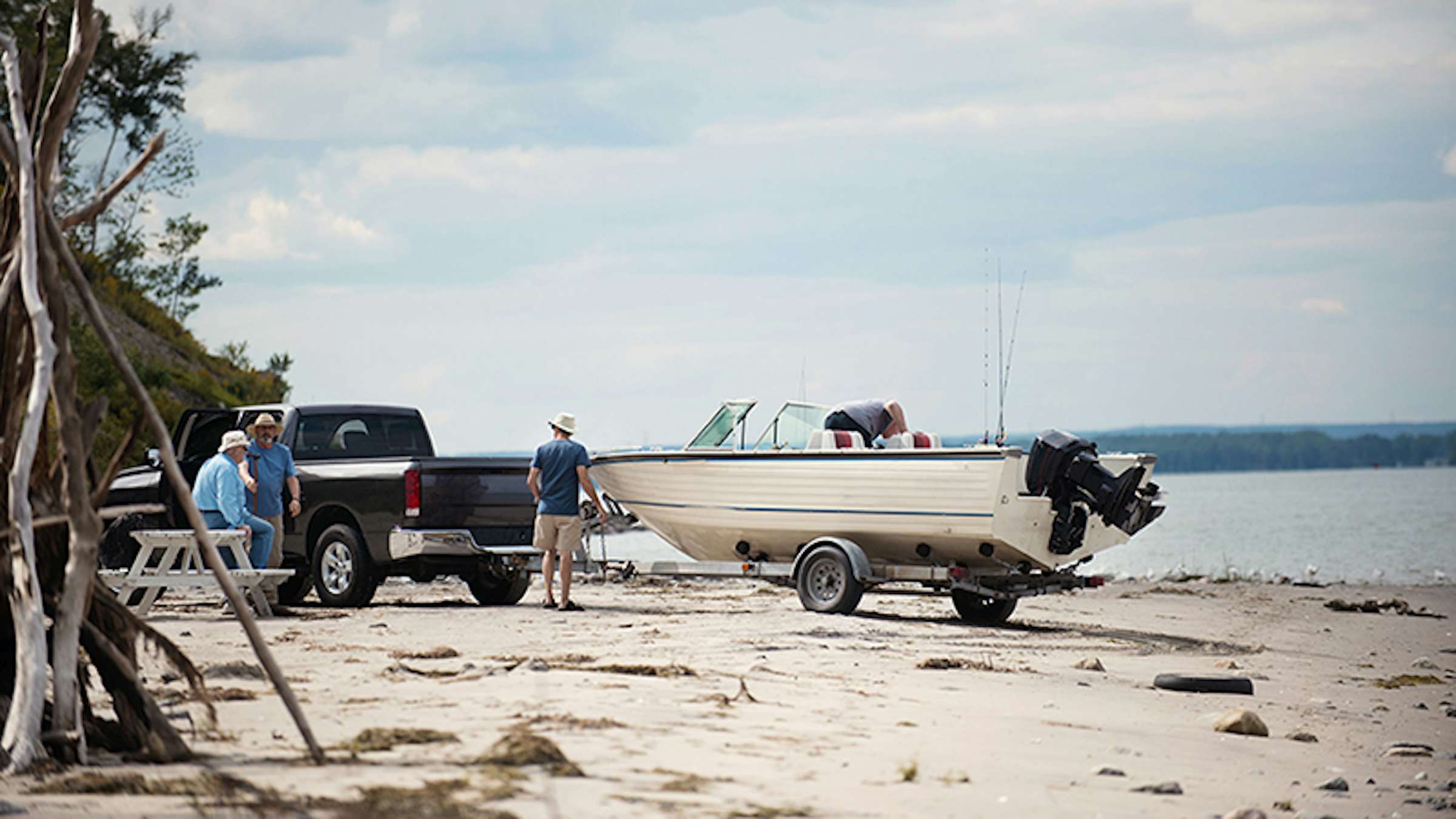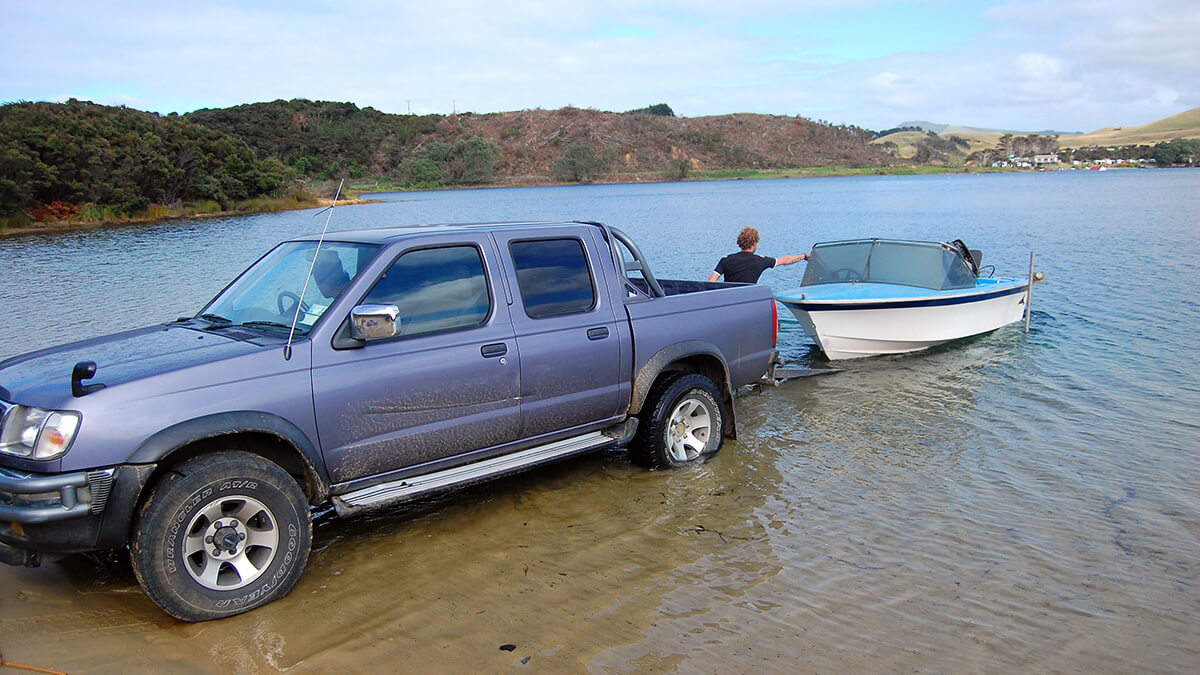
Tips for launching and retrieving your boat from the beach in NZ
Just imagine you're the owner of a 4WD stuck on the beach watching as the incoming tide washes right through it. And your boat is beached with waves lashing the transom and the trailer bogged to the axles.
It's every boater's nightmare, but completely avoidable with proper technique. Beach launching and boat retrieving tips are worth knowing to prevent red faces and damage to your vehicle and boat.
Launching and retrieving from the beach is the only way to get out boating at many popular holiday spots, and sometimes it's considered because boat ramps are too busy. While beach launching may seem daunting, it's actually quite easy. The key is simple preparation.
Plan to be quick and efficient. Back the car, unhook, push the boat off and drive straight out. Every second the vehicle's rear wheels are in the water, the greater their chances of sinking into wet sand. While launching is relatively easy, retrieving causes most problems. Be quick and efficient, and make sure everyone knows what they have to do.
Getting local knowledge
Talk to locals to avoid embarrassment, save money, and prevent accidents. If you see tractors or bulldozers with boat trailers parked on the beach, a ute or SUV probably won't get the job done.
Boat launching
If your trailer boat is 5-6.5m, it doesn't require much depth to float. About 400mm of water behind the boat should be fine. Unhook the winch rope quickly and push the boat off. Two options:
- Have someone drive the boat off the trailer and wait offshore while you park
- Have someone with a rope hold the boat (rope should be twice the trailer length)
Deflate tyres to 15-20 psi before hitting sand, and you'll need a compressor to pump them back up. Check your drain plug, fuel, and battery before leaving home.
Boat retrieving
If using a 4WD and conditions are right, back the trailer into the water and winch the boat straight back on. This isn't always practical with a car, so:
- Bring the boat as far up onto the beach as possible so there's no need to put the car into the water
- Take the trailer off, push it into the water and winch the boat on
Use the winch wire to pull the trailer under the boat as it's winched on. Have the rope attached and a driver ready for rapid retrieval. Don't hesitate.
Position the car at roughly 45 degrees to the trailer. This helps dislodge trailer wheels from sand as one side then the other is pulled out.
The right trailer setup
A good beach trailer has a fence or cage around the boat, with two or three vertical guides on either side. The uprights prevent the boat skewing sideways, guiding the bow into the bow stop. The cage works like a baseball catcher's mitt - time it right and the boat will drop neatly into place.

Timing the waves
Retrieving in surf is the big challenge. Follow the biggest wave in a set, adjusting boat speed to avoid overtaking the wave when it breaks, while staying ahead of the following wave. Attach the boat to the trailer immediately using a diagonal rope (spring line) between the trailer and stern cleat.
What NOT to do
The big no-no? Floating your boat off or on your trailer is dangerous. One rogue wave hitting the rear of your floating boat can cause injury or damage.
Launch at a slight angle if there's onshore swell - it reduces waves coming over the stern. But don't make the angle too great in case there's a rogue wave.
Never take a big breaking wave side-on - this is the golden rule.
When conditions turn rough
If waves are so high that they'll lift your boat over your trailer, run your boat onto the beach. Run far enough up that the next wave won't suck you back out. Tilt the motor only at the last moment, with power on until the boat hits sand.
Get out there!
Beach launching opens up fantastic opportunities around New Zealand, from remote beaches to less crowded spots during the peak summer season. With proper preparation and technique, you'll be able to access some of the country's best boating and fishing locations. Most importantly, talking to locals and practising your technique will ensure you can enjoy these adventures safely and confidently.